How safe is your boundary wall?
In August 2016, a six-year old girl was severely injured when a boundary wall collapsed onto a public pathway.
The wall was 50 years old, single skin construction and about 1.8 metres (6 feet) high.
Immediate action was taken by building control for a number of other dangerous sections that were found and they were made safe.
HSE is still investigating the collapse.
How can boundary wall collapse happen?
Poorly constructed or maintained free-standing masonry walls are a danger.
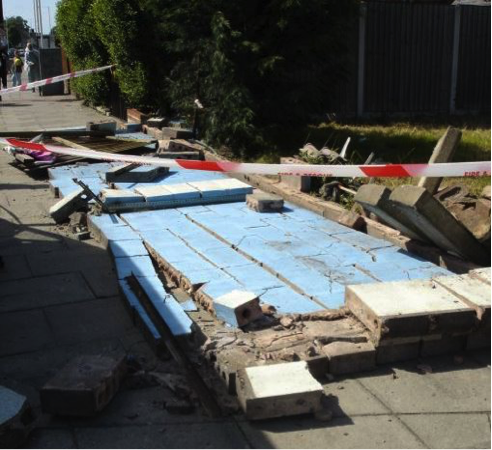
Collapsed boundary wall. Picture courtesy of structural-safety.org
Such walls are amongst the most common forms of masonry to suffer collapse, and unfortunately they’re one of the commonest causes of death by falling masonry. Building insurers may not cover property owners if the wall has been neglected.
This reminder aims to raise awareness of potential issues with single skin walls that are aging and highlight practical advice on the steps to take to minimise the risks of future wall collapses, particularly as winter is upon us bringing more wind, heavier rainfall, freezing and thawing and snow load.
Potential signs of danger include:
- Walls that are tall and thin, have loose bricks or different soil levels on each side.
- A leaning wall that may or may not also show obvious signs of damage or deterioration is a potential danger.
- Most free standing walls are not structurally designed. They often have excessive height to thickness proportions, inadequate piers, buttressing or reinforcing.
What are your obligations?
The building regulations don’t control the construction of most free-standing walls and so you’re not required to submit designs or drawings for new free-standing or retaining walls. You generally only need consent if a wall supports the foundations of a nearby building.
However, as an employer you have a statutory duty under the Health and Safety at Work Act and other associated legislation, if the construction of the wall is part of any work activity. This means you have a duty to protect anyone who may be affected by your actions.
If you build a retaining wall within 3.7m of a street, the Highways Act 1980 requires you to seek approval from the local authority. If the road is adopted you need to approach the Highway Authority instead of your local authority.
Further information
The Department for Communities and Local Government has useful guidance on what to look for: https://www.gov.uk/guidance/your-garden-walls-better-to-be-safe
Further information is also provided by the Institute of Structural Engineers: http://www.structural-safety.org/publications/view-report/?report=3059
Sign up to the building bulletin newsletter
Over 48,000 construction professionals have already signed up for the LABC Building Bulletin.
Join them and receive useful tips, practical technical information and industry news by email once every 6 weeks.
Subscribe to the Building Bulletin
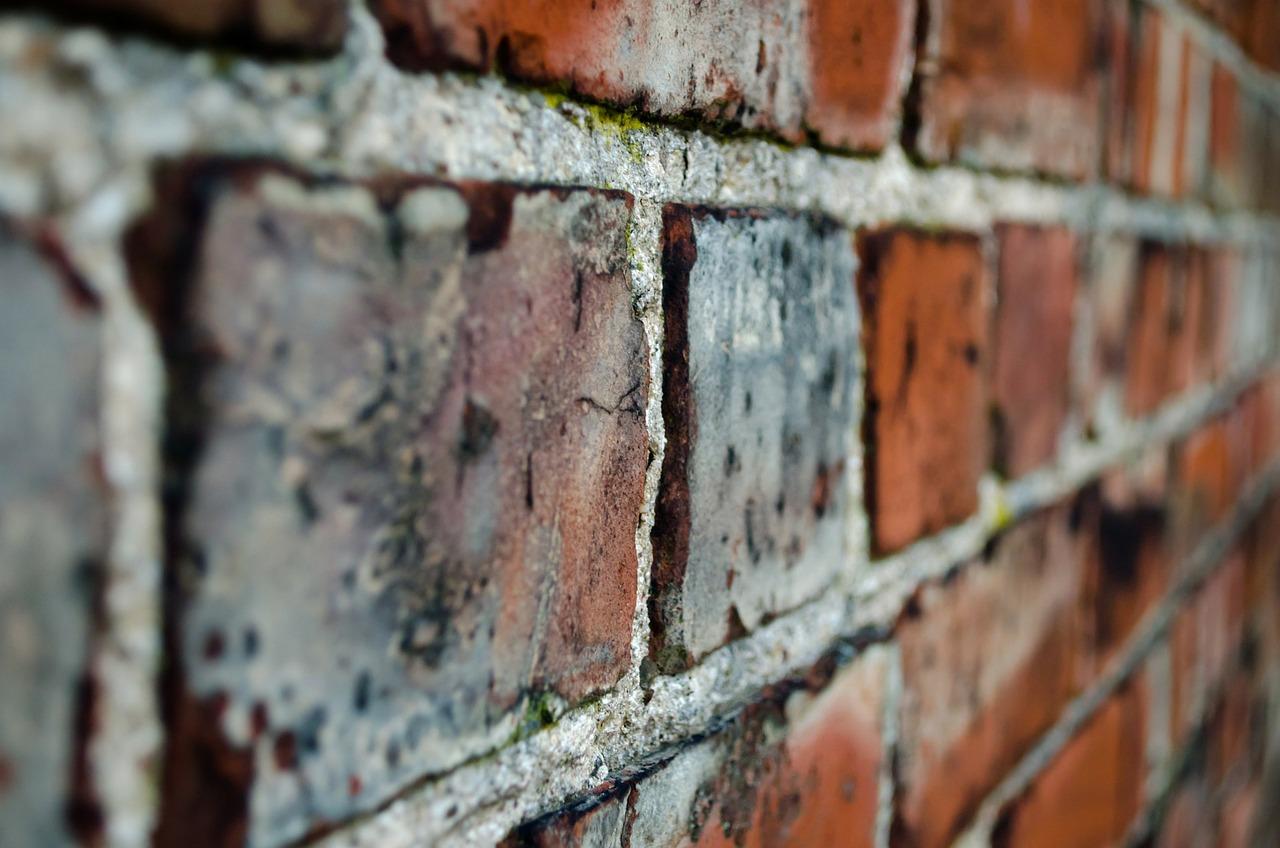
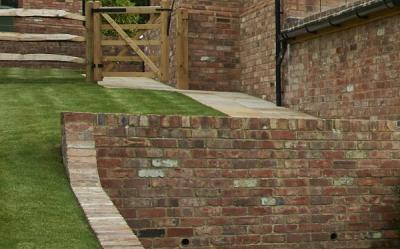
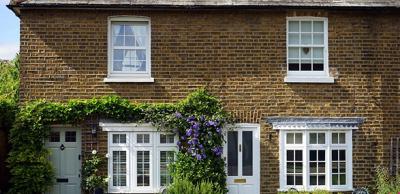
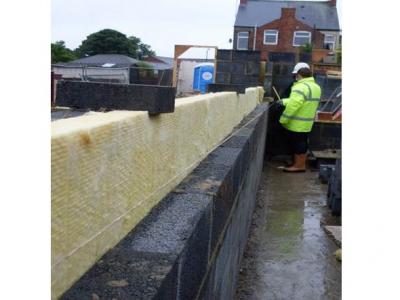
Comments
Add new comment